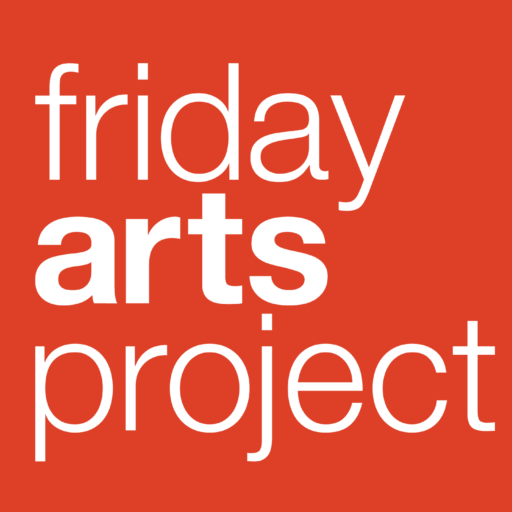Who’s Afraid of Modern Art? by Daniel Siedell
Chapter Six, “The Poetics of Modern Art” (all quotes, unless otherwise indicated, are from the book)
 From previous discussion:
From previous discussion:
“The relationship of the modern artist to the past begins…with the experience of rupture and loss, with an intuition of the deep discontinuity between the past and the present…But what is now required are new artistic forms that come from experience of the present. This approach contradicted the nineteenth-century academic establishment, which saw the art of the past as an ideal that normed all art…For the modern artist, however, art was, and is, not merely the transmission of technique and subject matter, form and content – it also consists of the artist’s own sensibility, which necessarily includes an attunement to the age in which one lives.” page 128
Quotes:
“[Kirk] Varnedoe’s topic was abstract art [titled Pictures of Nothing: Abstract Art since Pollock]. While angering the vast majority of those who care little about art and confusing those who claim to care to care some about art, abstract art continues to vex even the specialists…[his] lectures reveal the positive role of abstract art in modern cultural life.” page 145
“Abstract art invites us to perceive finer and finer distinctions of line, form, color, and, most importantly, intention. ‘The less there is to look at, the more important it is that we look at it closely and carefully. This is critical for abstract art. Small differences make all the difference.’ Popular wisdom considers abstract art an excuse for ‘tenured radicals’ to disguise bad art in the cloak of theory, art that does not reflect skill in rendering likeness. On the contrary, Varnedoe insists, abstract art is difficult, it takes practice to understand, and if it is governed by rules that appear arbitrary, that only makes it like every other cultural practice. But unlike many defenders of abstraction, Varnedoe was never burdened with academic theory. ‘Between vague confusions of individual experiences and the authority of big ideas…sign me up for experience first.’ Pictures of NOthing is about looking closely at abstract art…Varnedoe takes very seriously Frank Stella’s quip about his paintings, ‘What you see is what you see.'” page 145
Question: What do you think Siedell/Varnedoe mean by “if it is governed by rules that appear arbitrary, that only makes it like every other cultural practice”? What is the difference between ideas and experience? When are they related? When are they NOT related or un-relatable?
Quote:
“Pictures of Nothing is nothing if not a celebration of nuances, those small differences that become expressive, that reveal themselves to those who gaze intently and with empathy. The humanity of abstract art is often found not in what it depicts but in how it is made and how the artifact forces us as viewers to attend to details we might not otherwise consider, details that are the products of intentional decisions. The human presence embodied in the slightest of adjustments of line, form, distinctions, distinctions that another human being experiences. Indeed, Varnedoe’s lectures suggest that to experience a Jackson Pollock drip painting or a Richard Serra steel piece one has to actually see it in person, to experience its real presence, that space that opens up between the artifact and the viewer. Authentic art does not merely rely on our knowledge – it adds to it through experience.” page 146
Question: How do you respond to Siedell/Varnedoe’s argument for experiencing in person? This is an argument for abstract art, how does it relate to non-abstract art?



